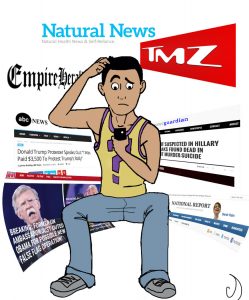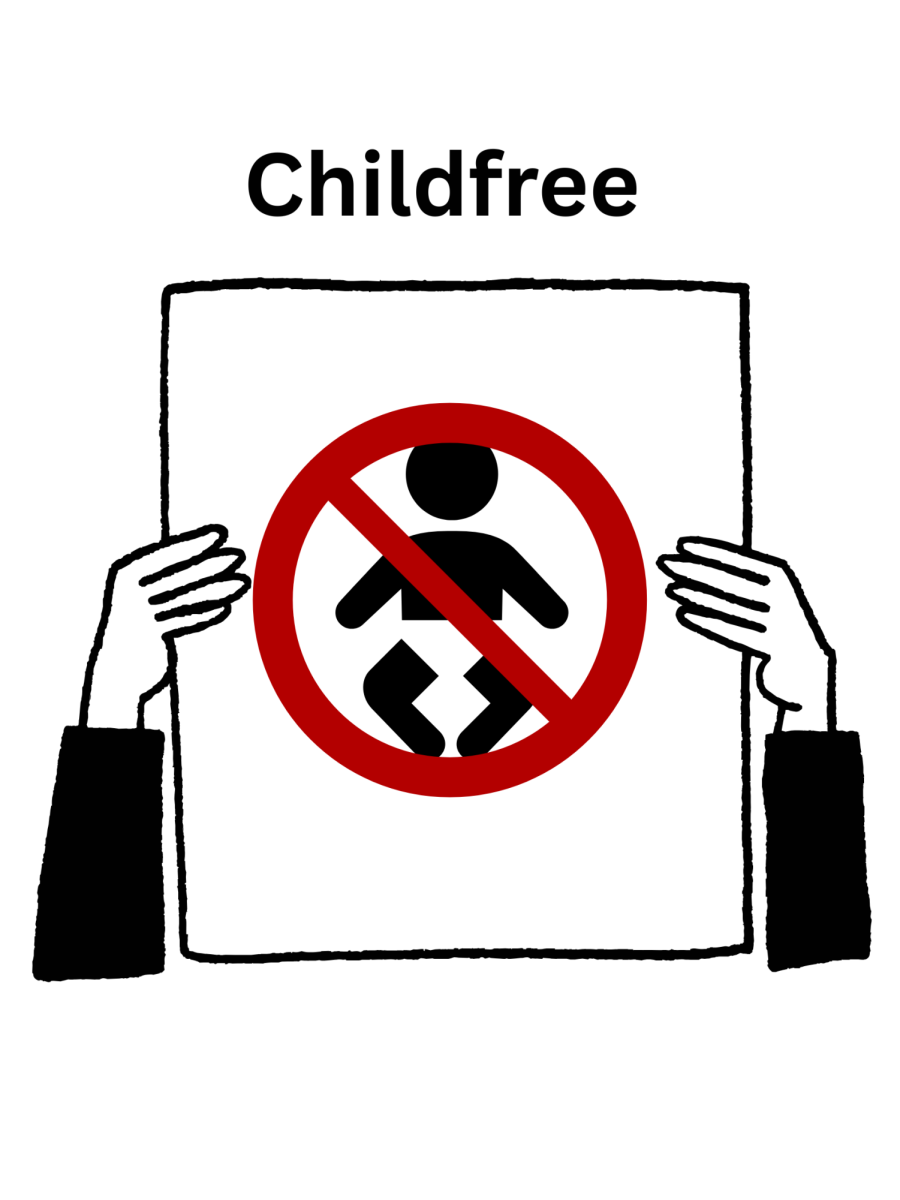Editor-in-Chief
Information is constantly flowing into phones, computers and social media pages, and this could potentially harm the way we distinguish between what is a legitimate story and a story that has been fabricated or manipulated.
Technology has made a new kind of journalist who didn’t exist before the world had access to the internet or the ability to upload a picture or video within seconds.

Citizen journalists have now become another source of information to the public, and sometimes breaking news faster than some of the major news networks.
However, citizen journalists can be reckless and dangerous.
According to theguardian.com, “On 4 December, a North Carolina man opened fire at the Washington pizzeria Comet Ping Pong, which an online conspiracy theory purports to be the headquarters of a child sex ring run by Hillary Clinton.”
Someone read a fake news story and decided to take action against the allegations.
Over time, there has been an increase in fake news stories. Fake stories fabricate news to benefit an agenda such as a presidential campaign, or manipulates facts to incite a reaction from the readers or to benefit an agenda.
Fake news shouldn’t be confused with satire stories.
The Onion is an example of a company that writes satire news. These stories are never true and have no supporting evidence.
It is evident that a reader must take responsibility to distinguish between a real news story and a fake news story.
One way fake news stories can be stopped is to stop sharing that types of stories. If it is suspicious, it might be fictitious.
However, just as the internet cursed the public with fake news stories, there are tools that will help readers distinguish between the two.
The number one rule is to do research before believing a story.
All a reader has to do is fact check the claims made in the story.
Here are some websites which can help with fact checking.
FactCheck.org, Politifact.com and snopes.com.
The responsibility does not fall solely on the reader. Some websites are pledging to stop the spread of fake news stories.
“Facebook announced that it would begin flagging fake news stories with the help of users and outside fact-checkers,” theguardian.com stated.








